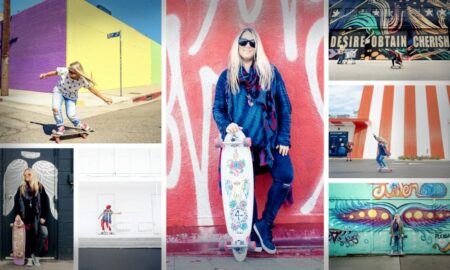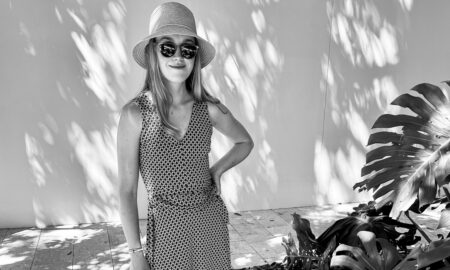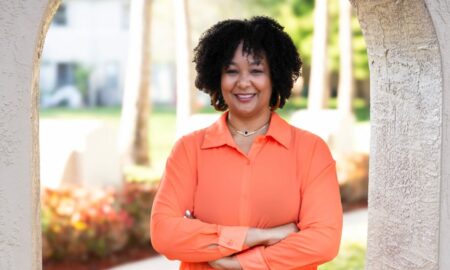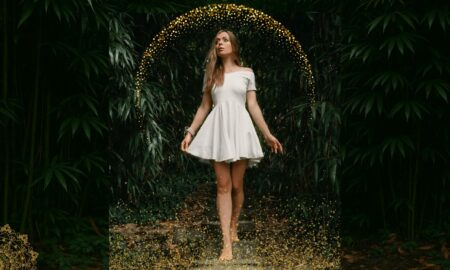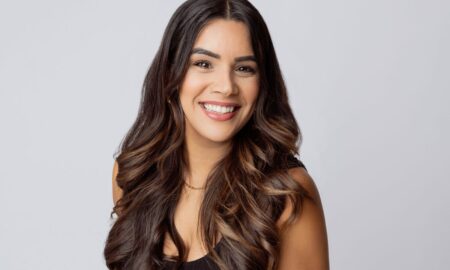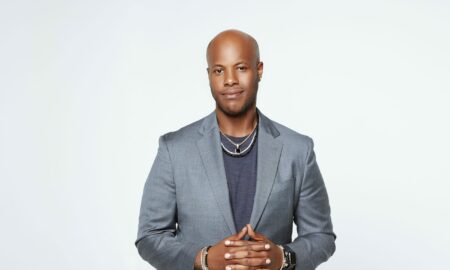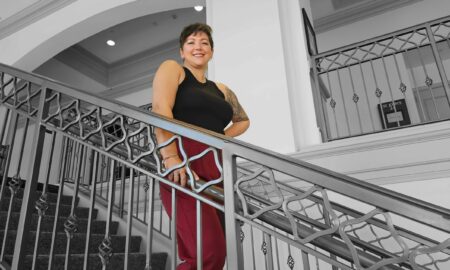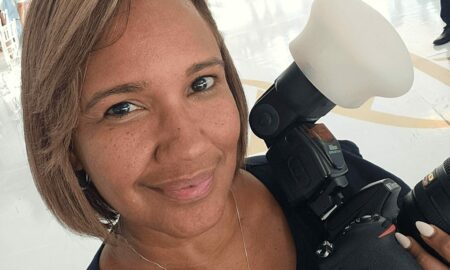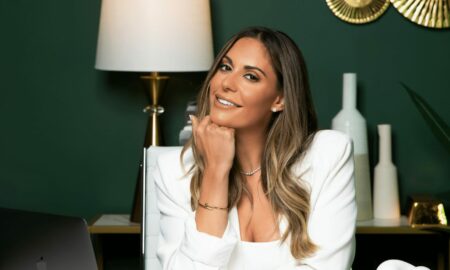

Today we’d like to introduce you to Melissa Tychonievich.
Melissa, please share your story with us. How did you get to where you are today?
I’m originally from St. Louis, Missouri, born and raised in the same town until I went to college at 18 years old. When I was 16, my father died of pancreatic cancer after a long three year battle with the disease, and it really left me feeling lost. Having experienced a personal loss like that at a young age made me really question exactly what I wanted to do with my life. I’d always loved to draw and do artistic things, but I’d always considered my creative activities to be hobbies, nothing particularly serious. My father was a creative person, a scholar and a Latin teacher with his interests rooted in Greek and Roman mythology, and I think my original interest in visual arts really stems from him.
Towards the end of high school, I originally thought I might go into something like architecture or engineering because I was good at math and science, even though they weren’t subjects that I really enjoyed. But, when I lost my Dad, I really started to realize that I couldn’t force myself to be somebody that I didn’t want to be. My mother found a weekend figure drawing class for High Schoolers at a local college and I quickly fell in love with perceptual drawing and painting. It was like I’d finally found something to do with myself, something that I felt like I wanted to do everyday, something that kept driving me forward. Painting became a serious passion for me, an indescribable feeling of contentment that drove me to want to improve.
I realized that I needed to make art every single day, and that lead me to choosing to go to the Kansas City Art Institute for my undergraduate education. It’s a studio based institution with a heavy emphasis on making, but as I got through my freshman and sophomore years, I really struggled to understand why this need to make art existed within me. My teachers and peers wanted to know why I am the way that I am, why I am driven to paint and draw every single day, and, at the time, I didn’t have the words to describe it to them. I just wanted to get better at painting, pushing my craft and understanding my chosen medium. KCAI is a highly conceptual program, meaning that they want to emphasize what a work means over how it is made, and since I didn’t have much interest in talking about how I felt about my work or what I thought it meant, I didn’t exactly fit in with the program.
During my last semester in Kansas City, I met Brian Curtis, a painting professor at the University of Miami, by chance as he and a few of his colleagues were touring KCAI’s painting studios. He encouraged me to apply to UM’s Masters of Fine Arts program after I graduated, saying he thought my realist perspective would fit into their program. After I earned my BFA in painting and art history in the spring of 2017, I took a year off to focus on applying to various graduate programs. I knew that I ultimately wanted to teach perceptual drawing and painting on the collegiate level, so I needed an MFA and relevant teaching experience to qualify for that.
I got into UM, earning a graduate teaching assistantship with a stipend and full tuition waiver, and honestly I thought it was fate. I felt like I was given this opportunity for a reason and that I needed to follow through with it. So I packed up everything and moved to Miami to study painting and learn how to teach. It’s been a huge culture shock for me so far. Living in a place that’s so much bigger than any midwestern city and far more diverse in its people and culture has been a major adjustment, but I can’t help but feel like this is where I am meant to be right now. I get to make art every single day and I’m surrounded by people that want me to be here, both within and outside of the MFA program. That’s something I’ve never really experienced before, and I just feel very fortunate to be in this situation right now.
Great, so let’s dig a little deeper into the story – has it been an easy path overall and if not, what were the challenges you’ve had to overcome?
My biggest struggle has been trying to find confidence in myself and my artwork. The art world is a strange place to navigate, and since art and painting is so subjective, having the strength within myself to say ‘yes, this is who I am and this is what I want,’ can be difficult. Everyone is entitled to their opinion in art and back in Kansas City, I felt like I needed to fit in with a conceptually artistic crowd in order to feel valid. But since coming here to Miami and seeing a different kind of place with so many different kinds of people, I’ve realized how much perspective my undergrad gave me. I know who I am and I’ve always known, but being able to talk about it and stand my ground on my creative morals are the fundamental skills that I need to succeed. On top of struggling to create good art in the first place, believing in myself and the art I make has been the single most difficult thing I’ve ever done. And that continues to be a daily struggle. There are days when I’m excited about painting and really want to go to studio, and then there are times when I question my chosen path entirely.
We’d love to hear more about your work and what you are currently focused on. What else should we know?
I’m a figurative oil painter currently working on my Masters in Fine Arts at the University of Miami. You could say that I specialize in portraiture and draftsmanship, with a background in perceptual figure drawing and painting. I am most proud of staying true to myself throughout my creative education. Figurative or realistic images aren’t necessarily popular in the art world anymore, especially since the rise of Modernism in the 20th century, but I fell in love with the figure at an early age and it has never ceased to keep me interested. I think what sets me apart from other perceptual painters is the fact that I value both the image and the act of painting. Historically, people who paint for paintings sake, don’t often choose ‘realistic’ images to depict, like the abstract expressionists. Painting as an act is usually more about capturing a moment in the artist’s life, a nonobjective representation of how the maker was feeling at the time.
On the opposite side, perceptual or ‘realistic’ painters don’t always value the paint for paint’s sake. It’s more of a vehicle to depict chosen imagery, like art historical mythological paintings. They’re more about the image or the story than about the painting. And I’m somewhere in the middle. I love to paint. I paint every day that I can. So in that way, I value the action of standing in front of a canvas, trying to relay my feelings or emotions onto a two-dimensional surface, but I am also transfixed by the figure. Translating how I see a person onto that surface is like a wonderful challenge for me. I see my artwork as a marriage of two ideals, struggling to define itself without falling too much onto one side or the other.
When you look back, what are you most proud of?
My proudest moment so far was finding out that I was accepted into graduate school, specifically earning a full tuition waiver and graduate teaching assistantship here in Miami. Feeling like people liked my work enough to want to pay for my higher education was the most validated I have been in my entire life.
Contact Info:
- Website: www.melissatychonievich.com
- Email: melissatychonievich@gmail.com
- Instagram: mtychonievich
- Facebook: matychonievich







Getting in touch: VoyageMIA is built on recommendations from the community; it’s how we uncover hidden gems, so if you know someone who deserves recognition please let us know here.


